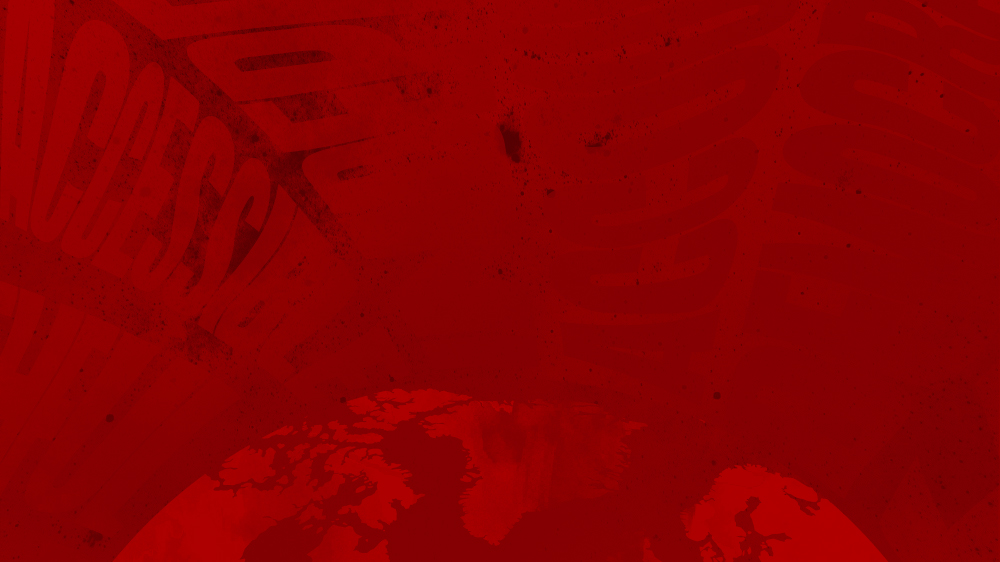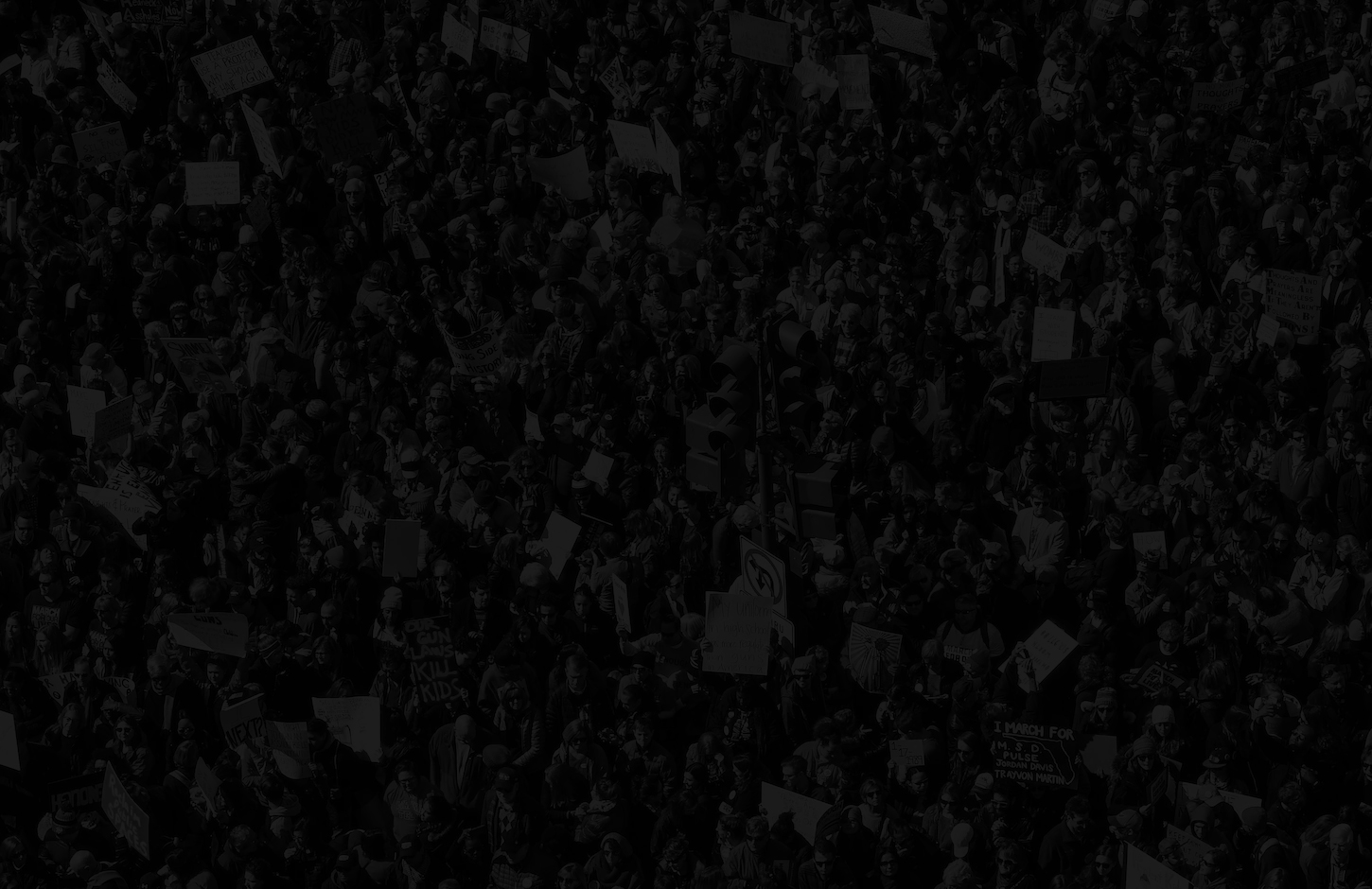by Justin Schlosberg
As the latest Israeli bombardment of Gaza intensifies, so do accusations of media bias from both sides of the conflict, levelled principally at the BBC. Israel-Palestine has long been the focus of intense rhetorical battles over the media’s potential to distort conflict, with endless anecdotal examples, selective statistics, and polemical opinion espoused by both pro-Palestinian and pro-Israeli pundits. Ironically, the mutual ferocity with which this debate has been waged by both sides has created an illusion of ‘balance’ which has served – on one level at least – to legitimise coverage. As the old public service adage goes, ‘if both sides complain equally, we must be doing something right’.
The problem with this view is that it obscures the very subtle and systematic way in which the western media mobilise bias, ultimately in favour of Israeli and western imperial interests. Rather than select a self-serving example of imbalance, lets take a look at Channel 4 News – considered in some quarters to be PR champions of Hamas. Last night’s main edition lead with a story that seemed typical of the mainstream coverage as a whole. The focus was on the mounting civilian death toll and catastrophic destruction of Gaza’s menial infrastructure. It is this kind of focus that has got pro-Israeli lobbyists up in arms over recent coverage in the British media and elsewhere. It appears to demonise Israel and glorify Hamas. Above all, from the Israeli perspective, this kind of focus pays no heed to the (presumed) fact that Israel acts in self-defence. However disproportionate its response, Hamas attacks and Israel defends.
It is this sub-text that, despite the veneer of impartiality in their reports, goes almost exclusively unchallenged by even the most indignant reporters. Recent studies of western media coverage in relation to Israel-Palestine point to a persistent ideological bias that is mobilised in part through what is “implicit in the absent”. It certainly seems true that the wider context of current events – such as Israel’s relentless siege of Gaza since 2005 – is all too often missed in journalism’s inexorable pull towards the drama of the moment. But in this case there is an even more immediate context that has been comprehensively ignored by the likes of the BBC, Channel 4 and others, and which reveals something about the complexity with which Israeli official ‘frames’ ultimately achieve ascendancy.
Channel 4’s lead report was followed by a live ‘two-way’ with a correspondent in Israel. In reporting on how widely the Israeli offensive was supported there, Innigo Gilmore remarked that the heinous murder of three Israeli teenagers last month constituted the ‘backdrop’ to the current Gaza bombardment. But what he failed to mention is that in the three months leading up to the murder of the Israeli teenagers, three Palestinian teenagers were killed by Israeli security forces in two separate incidents. In March, a 14-year-old boy was shot and killed by Israeli soldiers in the West Bank as he crossed a breach in the ‘Separation Barrier’ to gather plants on his family’s land. According to the leading Israeli human rights group B’Tselem, “contrary to the Israel Defence Force Spokesperson’s statement, the youths did not vandalize the barrier nor was suspect arrest procedure carried out. Security forces are well-aware that Palestinians cross at this point for harvest purposes at this season.” Just eight weeks later, two Palestinian teenagers were killed by Israeli forces during a demonstration which “in no way justified use of live fire” and raises “grave suspicion that the killing was wilful”.
Such killings of minors either never enter the cognition of western journalists, or are regarded as ‘routine’ and not the fodder of a good story (in contrast to the murder of Israeli teenagers that followed). That the current western media lens is now focused on Gazan casualties merely reflects the news value of unusual levels of violence and suffering, whoever are the victims.
To pro-Israelis of course, the murder of innocent Jewish teenagers is simply not equivocal to the killing of Palestinian teenagers involved in unrest or illegal activity, or the ‘collateral damage’ of civilian casualties during Israeli offensives. These deaths – however tragic and numerous – are not the result of premeditated murder but the wilful strategy of Hamas, Israeli ‘mistakes’, or perhaps even excessive force by soldiers under immense pressure and facing daily threats to their own lives (a description that is at least equally applicable to the Gazan populace as a whole).
It is true that Israeli governments or military strategists do not target Palestinian civilians. Even if we were to adopt the most cynical view, Israel surely knows from bitter experience that no amount of violence will succeed in intimidating or pacifying the Palestinian population (and if anything, will have the contrary effect). There is equally no doubt that Hamas does target civilians in its varied acts of violence against Israel. But so did the ANC during their bombing campaign of the 1970s and 80s, the targets of which included a shopping centre, restaurant and theatre. So too did Irgun – the Zionist forerunner of the Israel Defence Force that waged a campaign of terror aimed at Arab civilians prior to the establishment of Israel in 1948.
I am not suggesting that Hamas should be put in the same camp as the ANC or even the Irgun. Their discourse of hatred and aversion to any peaceful solution is enshrined within their charter, (especially articles 7 and 22). Pro-Israeli protagonists are right to point out the inadequate attention paid by western media outlets to the Hamas regime’s own oppressive instincts. The liberal media are drawn to simple narrative prototypes that carry gravitas and pathos, and there is none more alluring than the ‘David and Goliath’ script that pits journalists as the champions of the poor, the weak and the oppressed. It’s easy to see why the human suffering of Gaza takes centre stage in this context, for better or for worse.
But if we look a little closer we can see that this narrative does little more than legitimise the very narrow terms of debate that are effectively set by mainstream newsrooms. In this case, the focus on human suffering offers a central over-arching proposition: that Israel’s use of lethal force against the Gazan population is excessive, disproportionate, perhaps even amounting to a war crime. What it underlines, however, is the more fundamental supposition that Israel is responding to Hamas rocket attacks. In another typical feature of last night’s Channel 4 News edition, an unofficial Israeli government spokesman was challenged live on air by Jon Snow, the broadcaster’s main anchor (it is noteworthy that Hamas officials rarely feature in scripted reports, let alone live studio interviews). In a demonstration of robust and antagonistic journalism, whilst simultaneously providing the Israelis with a ‘right of reply’, Jon Snow pressed Michael Oren (former Israeli Ambassador to the US) on the central question: “Obama has called for it, Ban Ki Moon has called for it, the Pope has called for it, when will you stop the bombing?”
Of course, this is a legitimate question for any journalist to ask, but it fails to get to the heart of the matter. More acutely, it fails to pose the more far-reaching and complex question as regards why Israel is conducting this intense bombing campaign. Instead, the pretext of Hamas rockets, and a chain of events leading back to the murder of three Jewish teenagers in June is implicitly accepted as the ‘triggers’ for action. The possibility that Israel may be merely exploiting this opportunity to ‘smash’ Hamas as part of its oppressive and imperialist agenda is left largely unexplored. According to some, the attack on Gaza is neither about Israeli ‘self-defence’ nor blood lust, but rather the age-old imperialist quest for new sources of energy (lest we forget that the violent appropriation of land and resources is almost always justified in the name of ‘security’ – from the Nazi conquest of Europe through to the US-led invasion of Iraq and Afghanistan).
I am not suggesting that such a perspective is ‘correct’ or should be the dominant line, or that it does not feature at all in any of the mainstream coverage. The point is that this is a marginalised perspective that is held not only by most Palestinians but also a number of experts on the conflict. Its relative absence from mainstream news discourse therefore says something about the hollow rhetoric of impartiality and the ideological bias implicit in news framing.
And so the terms of debate are set. In general, we as viewers are invited to question Israel’s use of excessive force, even accuse them of war crimes. But the idea that Israel ‘responds’ to Palestinian attacks rather than the other way round is deeply entrenched within the liberal media’s dictum, in spite of Israel’s unrelenting policy of settlement expansion in the West Bank (a policy that belies Israel’s own aversion to peace in favour of territorial aggrandizement); and in spite of the fact that the majority of cease-fires between Israel and Hamas since 2000 have been broken by Israel. In the present case, much has been made of the Egyptian-brokered cease-fire early on in the violence which was accepted by Israel and rejected by Hamas. But what the BBC and others woefully failed to highlight was that this was a truce ‘brokered’ by a savage military dictatorship with its own agenda (having brutally crushed the democratically-elected Muslim Brotherhood which has links to Hamas).
There are some who question why the western media cast such an intense periodic spotlight on this conflict at all, compared to other regional conflicts where civilian casualties are vastly higher. The answer is surely that there is no region of greater strategic interest to western elites than the Middle East, and there is no greater defender of western interests in that region than Israel. It is also a bastion of western cultural values in a region largely oppositional to them. This is what makes Israel – just like Apartheid South Africa – intrinsically ‘newsworthy’ from the perspective of western journalists. Competing narrative pulls obscure the subtlety with which institutional bias is ultimately mobilised, provides easy pickings for emotive charges of bias from both sides, and serves to legitimise the professional journalistic claims of balance. This subtlety is also what makes the ideological force of the news all the more powerful: hegemony is most stable and effective when it is least visible. If journalists are to cut through the quagmire, they need to start asking the more fundamental questions – not in the interests of placating complainants, but in the interests of real and honest reporting.
Originally posted on openDemocracy and republished with kind permission of the author.



